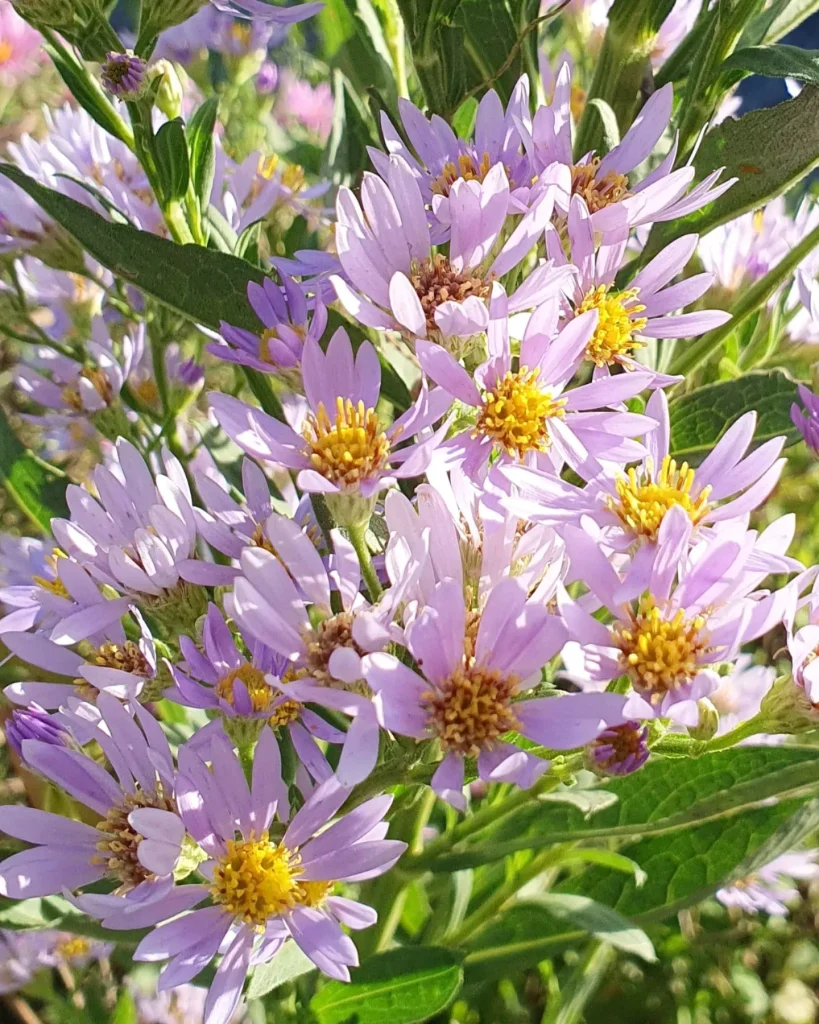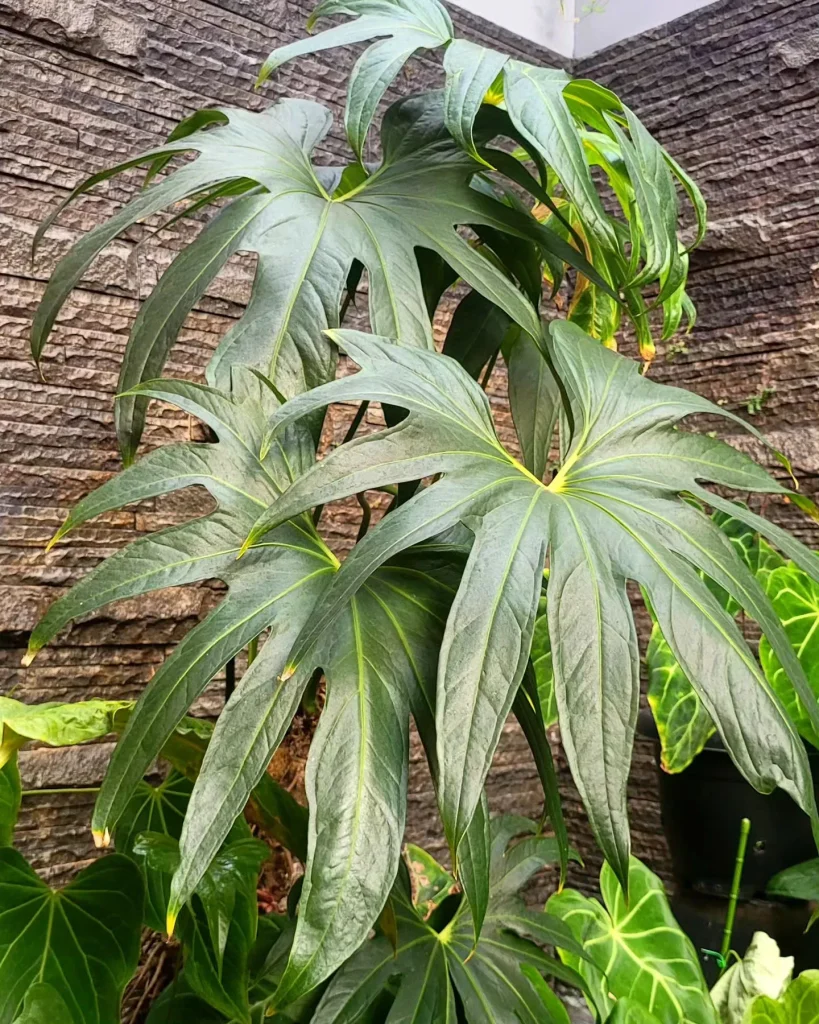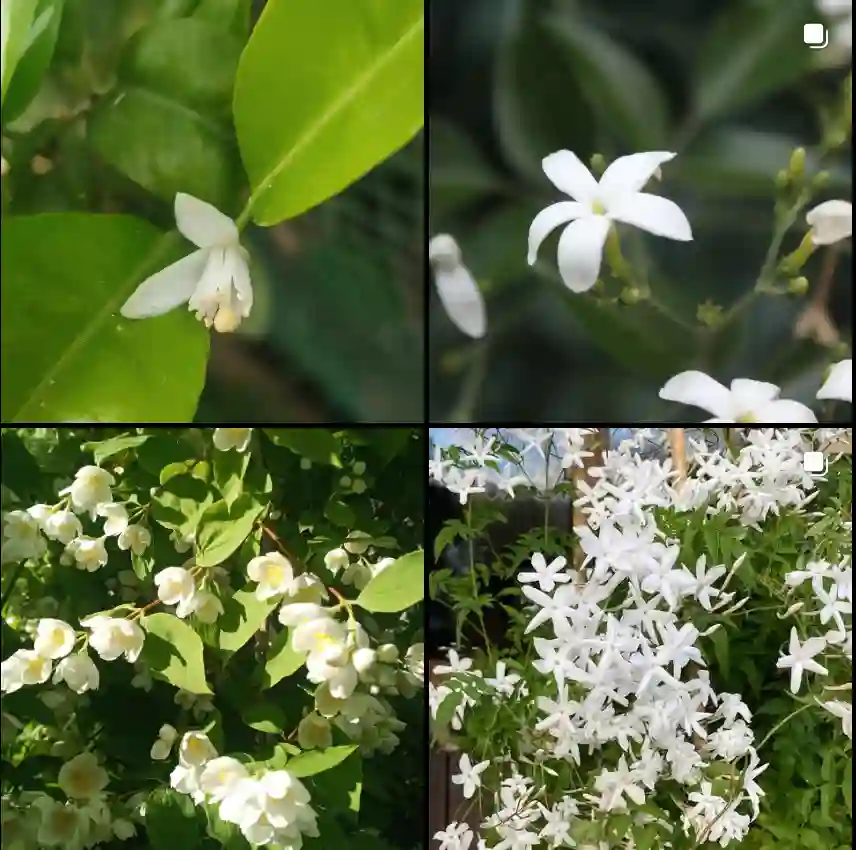My Fascination with Euryops: A World of Sunshine
As a plant enthusiast, I’m always drawn to the unique and vibrant. That’s why I find myself captivated by the genus Euryops, a group of flowering plants belong to the Asteraceae family, that bring a touch of sunshine to any garden. These cheerful plants, with their daisy-like flowers and often fern-like foliage, are native mostly to the rocky landscapes of southern Africa, though a few species venture into other parts of Africa and even the Arabian Peninsula.
Discovering the Diversity of Euryops
What I find most intriguing about Euryops is the sheer diversity within the genus. With close to 100 species, there’s an Euryops for almost any garden setting. Some are compact and bushy, perfect for borders or containers, while others grow into larger shrubs, ideal for adding structure to a landscape.
Here are fascinating Euryops species:
- Euryops pectinatus: Perhaps the most well-known, this species boasts bright yellow flowers and finely divided, silvery-green foliage. It’s a popular choice for its long flowering season and ability to attract pollinators. Plant FAQs: Euryops Pectinatus
- Euryops chrysanthemoides: This species truly lives up to its name, “chrysanthemoides,” meaning “resembling a chrysanthemum.” Its golden flowers and aromatic foliage make it a delightful addition to any garden.
- Euryops virgineus: Also known as the “honey euryops,” this species features masses of small, white flowers that give off a sweet honey-like fragrance.
- Euryops abrotanifolius: This species stands out with its finely divided, almost feathery foliage and bright yellow flowers. It’s a great choice for adding texture and color to a garden.
- Euryops linearis: With its narrow, linear leaves and bright yellow flowers, this species offers a more delicate look compared to some of its bushier relatives.
- Euryops acraeus M.D.Hend.
- Euryops algoensis DC.
- Euryops annae E.Phillips
- Euryops annuus Compton
- Euryops anthemoides B.Nord.
- Euryops antinorii S.Moore
- Euryops arabicus Steud. ex Jaub. & Spach
- Euryops asparagoides (Licht. ex Less.) DC.
- Euryops bertilii Vlok
- Euryops bolusii B.Nord.
- Euryops brachypodus (DC.) B.Nord.
- Euryops brevilobus Compton
- Euryops brevipapposus M.D.Hend.
- Euryops brevipes B.Nord.
- Euryops brownei S.Moore
- Euryops calvescens DC.
- Euryops candollei Harv.
- Euryops ciliatus B.Nord.
- Euryops cuneatus B.Nord.
- Euryops dacrydioides Oliv.
- Euryops dasyphyllus Vlok
- Euryops decipiens Schltr.
- Euryops decumbens B.Nord.
- Euryops dentatus B.Nord.
- Euryops diosmiphyllus Vlok
- Euryops discoideus Burtt Davy
- Euryops dregeanus Sch.Bip.
- Euryops dyeri Hutch.
- Euryops elgonensis Mattf.
- Euryops empetrifolius DC.
- Euryops erectus (Compton) B.Nord.
- Euryops ericifolius (Bél.) B.Nord.
- Euryops ericoides (L.f.) B.Nord.
- Euryops euryopoides (DC.) B.Nord.
- Euryops evansii Schltr.
- Euryops exudans B.Nord. & V.R.Clark
- Euryops floribundus N.E.Br.
- Euryops galpinii Bolus
- Euryops gilfillanii Bolus
- Euryops glutinosus B.Nord.
- Euryops gracilipes B.Nord.
- Euryops hebecarpus (DC.) B.Nord.
- Euryops hypnoides B.Nord.
- Euryops imbricatus Less.
- Euryops indecorus B.Nord.
- Euryops inops B.Nord.
- Euryops integrifolius B.Nord.
- Euryops jaberiana Abedin & Chaudhary
- Euryops jacksonii S.Moore
- Euryops lasiocladus (DC.) B.Nord.
- Euryops lateriflorus (L.f.) Less.
- Euryops latifolius B.Nord.
- Euryops laxus (Harv.) Burtt Davy
- Euryops leiocarpus (DC.) B.Nord.
- Euryops linifolius (L.) DC.
- Euryops longipes DC.
- Euryops marlothii B.Nord.
- Euryops microphyllus (Compton) B.Nord.
- Euryops mirus B.Nord.
- Euryops montanus Schltr.
- Euryops mucosus B.Nord.
- Euryops muirii C.A.Sm.
- Euryops multifidus (Thunb.) DC.
- Euryops munitus (L.f.) B.Nord.
- Euryops namaquensis Schltr.
- Euryops namibensis (Merxm.) B.Nord.
- Euryops nodosus B.Nord.
- Euryops oligoglossus DC.
- Euryops othonnoides (DC.) B.Nord.
- Euryops pedunculatus N.E.Br.
- Euryops petraeus B.Nord.
- Euryops pinifolius A.Rich.
- Euryops pinnatipartitus (DC.) B.Nord.
- Euryops pleiodontus B.Nord.
- Euryops polytrichoides (Harv.) B.Nord.
- Euryops prostratus B.Nord.
- Euryops proteoides B.Nord. & V.R.Clark
- Euryops rehmannii Compton
- Euryops rosulatus B.Nord.
- Euryops rupestris Schltr.
- Euryops serra DC.
- Euryops spathaceus DC.
- Euryops speciosissimus DC.
- Euryops subcarnosus DC.
- Euryops sulcatus (Thunb.) Less.
- Euryops tagetoides (DC.) B.Nord.
- Euryops tenuilobus (DC.) B.Nord.
- Euryops tenuissimus (L.) Less.
- Euryops thunbergii B.Nord.
- Euryops transvaalensis Klatt
- Euryops trifidus (L.f.) Less.
- Euryops trilobus Harv.
- Euryops tysonii E.Phillips
- Euryops ursinoides B.Nord.
- Euryops virgatus B.Nord.
- Euryops wageneri Compton
- Euryops walterorum Merxm.
- Euryops zeyheri B.Nord.
Why I Admire Euryops
Beyond their visual appeal, I appreciate Euryops for their resilience and adaptability. Many species are drought-tolerant, making them well-suited to arid climates. They also tend to be low-maintenance, requiring minimal pruning and care. In my own garden, I’ve found them to be remarkably easy to grow, rewarding me with an abundance of cheerful blooms for much of the year.
I’m particularly fond of how Euryops attract a variety of pollinators, including bees and butterflies. In a world where these creatures are facing increasing challenges, it’s heartening to see a plant that provides them with a valuable food source.
The Joy of Growing Euryops
For me, gardening is a source of immense joy and satisfaction. There’s something truly rewarding about nurturing a plant from a small cutting or seedling and watching it flourish. With Euryops, that joy is amplified by the sheer abundance of flowers they produce. Whether I’m using them to brighten up a border, add a splash of color to a container, or create a welcoming habitat for pollinators, Euryops never fail to bring a smile to my face.
In the world of horticulture, Euryops may not be the most glamorous or exotic genus, but they hold a special place in my heart. Their cheerful disposition, resilience, and ability to attract pollinators make them a true asset to any garden. As I continue to explore the diversity of this fascinating genus, I’m constantly discovering new reasons to admire and appreciate these sunny little plants.
If i die, water my plants!



